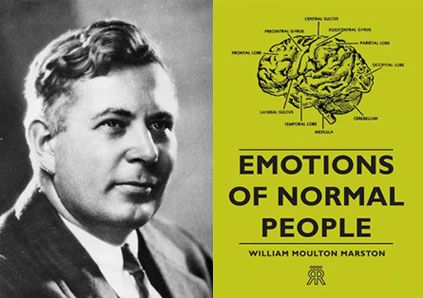The DISC model is a behavioural assessment tool based on the work of Dr. William Marston, an American psychologist who aimed to understand people’s emotional responses. The history of the DISC model can be traced back to the early 20th century.
This article was inspired by my time on the National Cyber Security Centre‘s NCSC for Startups accelerator programme on behalf of Cyber Tzar.
1. The Foundation: Marston’s Work (1928)
- Dr. William Marston developed the theory behind DISC while he was a professor at Columbia University. His work culminated in the book “Emotions of Normal People,” published in 1928.
- In his book, Marston identified four primary emotions and associated behavioral responses, which he categorized into four groups: Dominance, Influence, Steadiness, and Compliance.
- It’s noteworthy that while Marston developed the theory, he did not create an assessment tool or use the term “DISC” himself.
2. Industrial Application
- In the years following the publication of Marston’s work, various industrial psychologists began to see the potential for its application in the business world.
- The theory was recognized as valuable for understanding and predicting typical behavior styles in certain environments, particularly within the workplace.
3. Development of the Assessment Tools
- The 1950s and 1960s saw the development of the first DISC assessment tools. Walter Clarke, an industrial psychologist, was the first to develop an actual assessment based on Marston’s model, creating the “Activity Vector Analysis,” a checklist of adjectives on which he asked people to mark words that described them.
- Over the years, other psychologists and professionals refined and developed their versions of DISC assessments.
4. Modern-Day DISC
- The 1970s and 1980s saw a rise in the popularity of DISC as businesses and organizations began to adopt it for team-building, communication training, and personal development.
- Numerous companies now offer DISC-based assessments, and the tool has been translated into multiple languages and used worldwide.
5. The Four Quadrants:
- Dominance (D): People who prioritize accomplishing results and are confident in their decisions.
- Influence (I): Those who prioritize influencing or persuading others and are optimistic and outgoing.
- Steadiness (S): People who prioritize cooperation and dependability, preferring stability and predictability.
- Compliance (C): Those who prioritize quality, accuracy, and competency, and like to work within established guidelines.
While the DISC model has evolved over time and various interpretations exist, its primary goal remains consistent: to help individuals understand themselves and others better, thereby improving communication, productivity, and interpersonal relationships.
